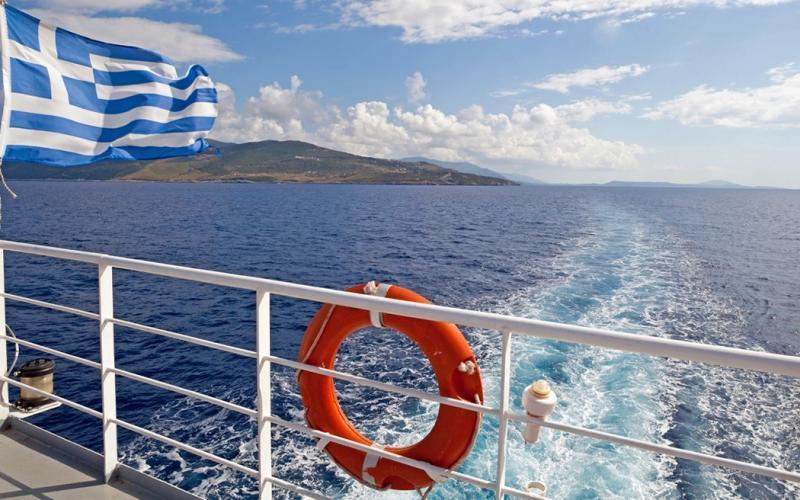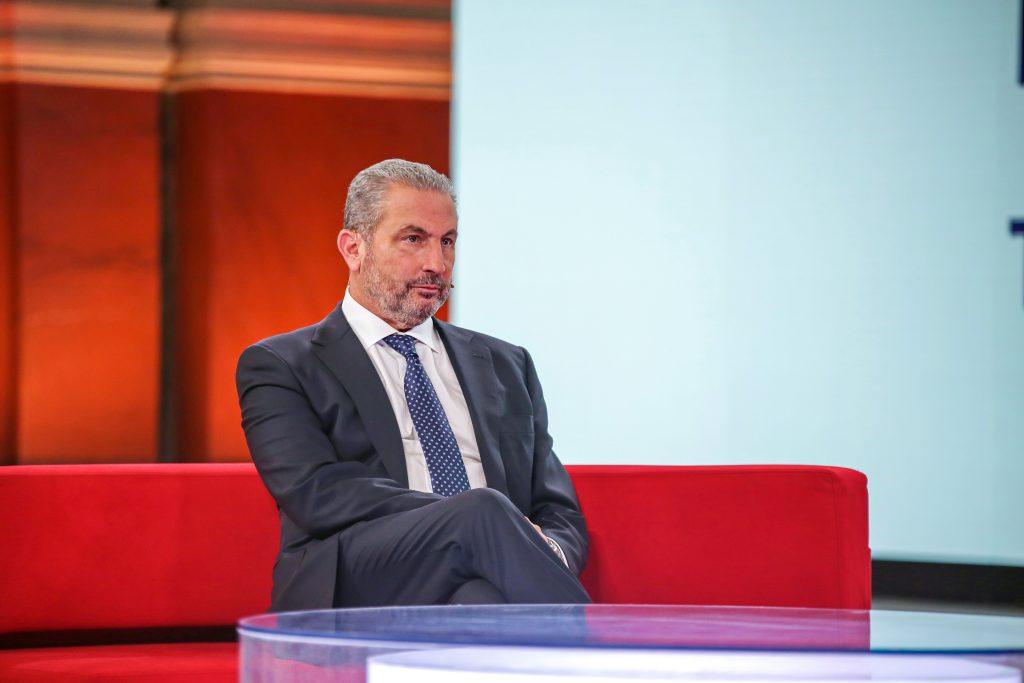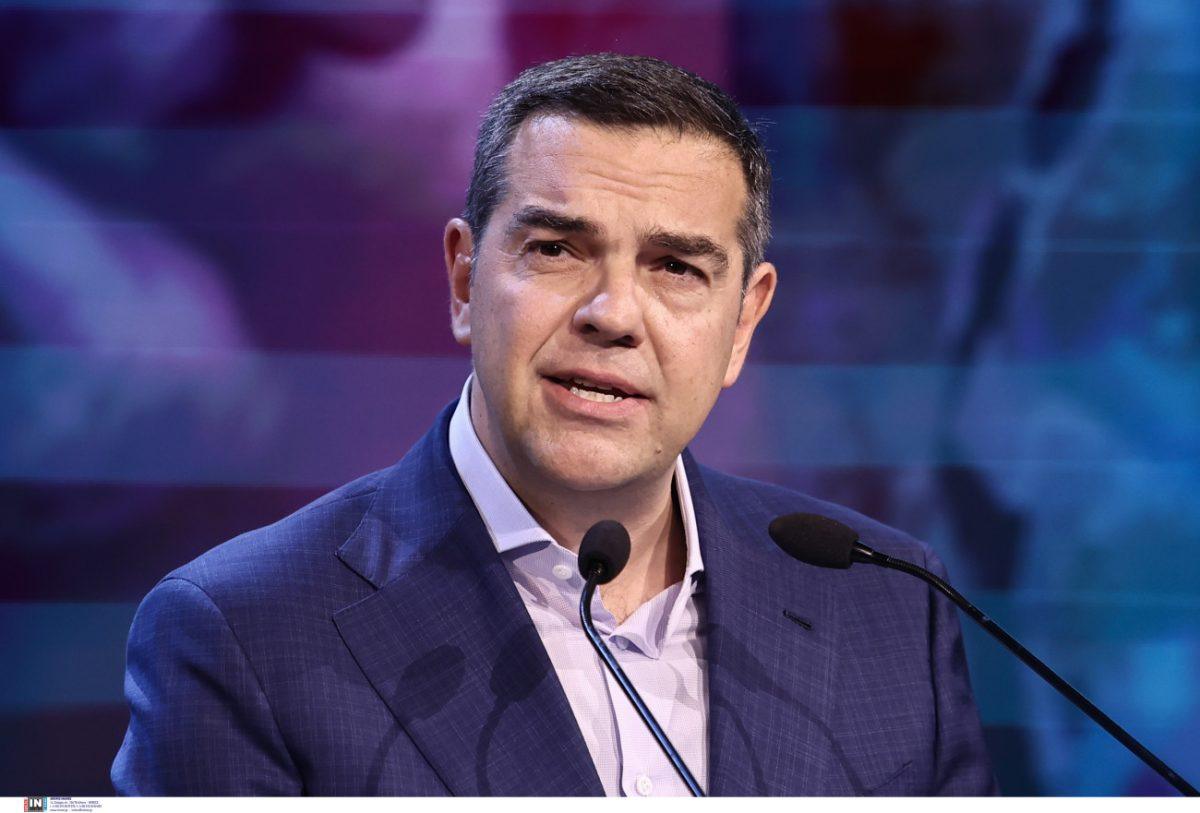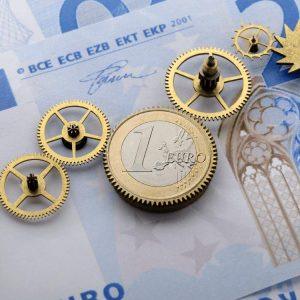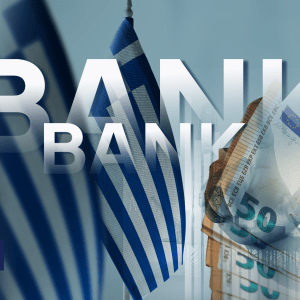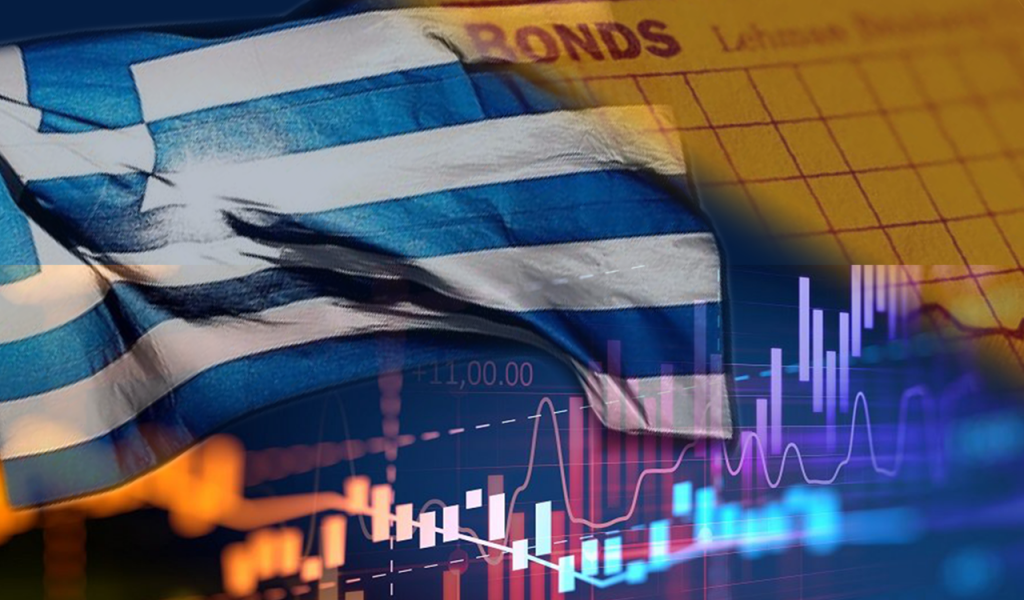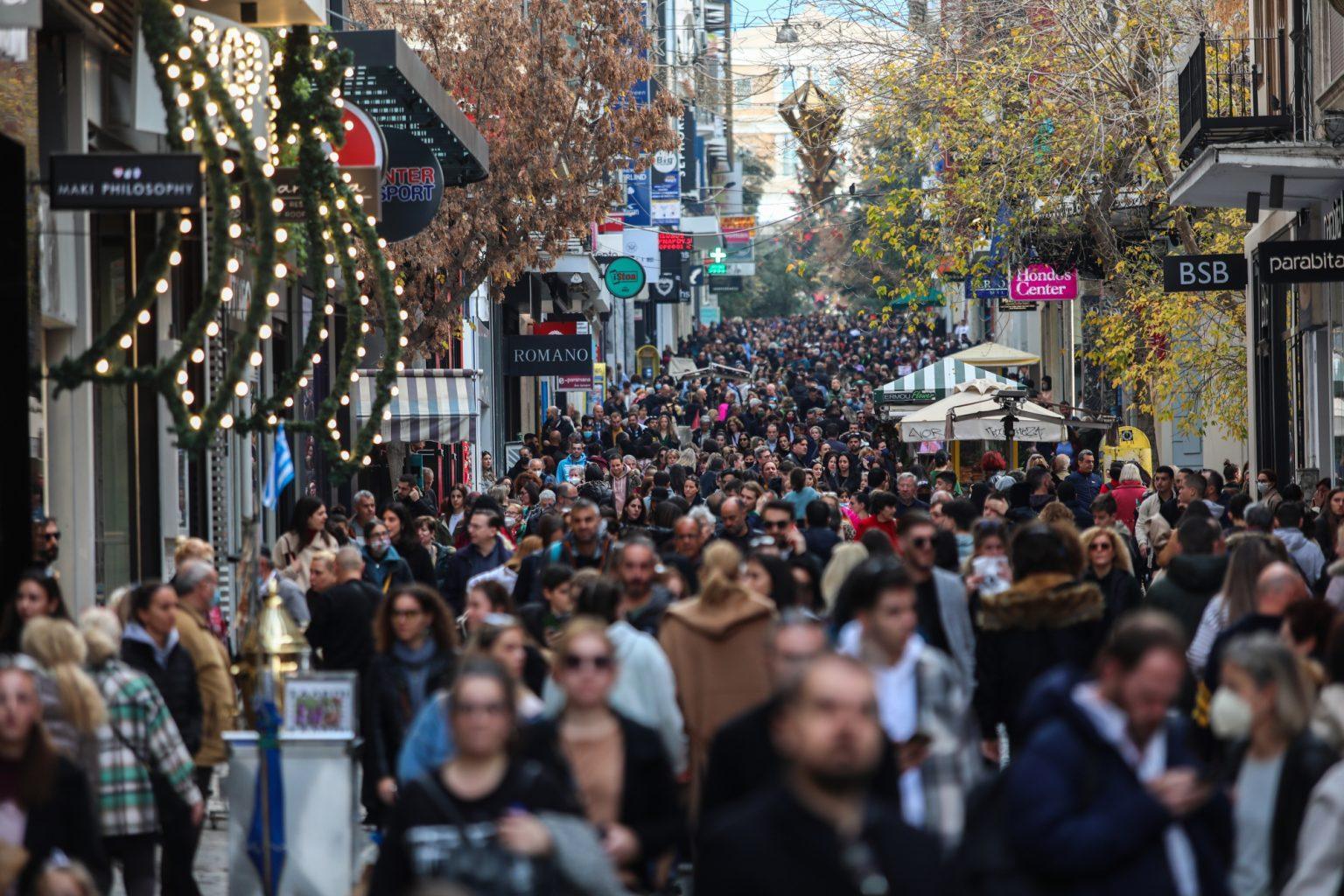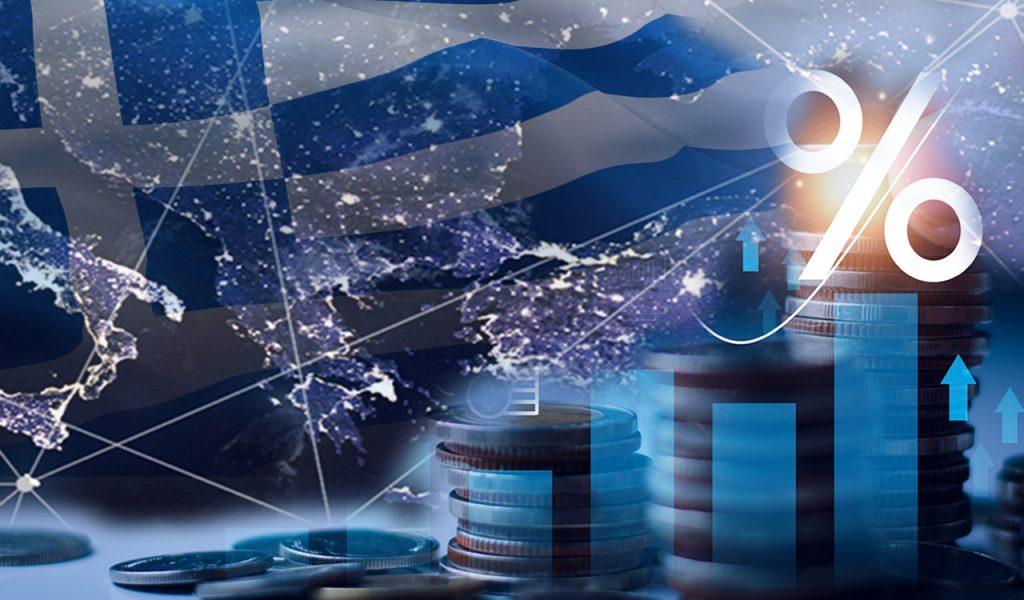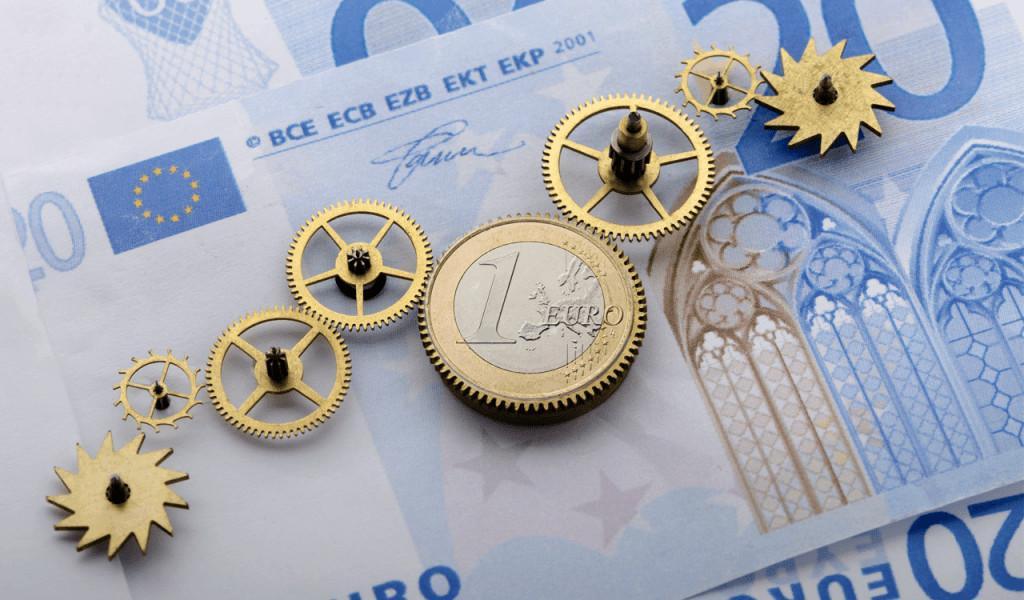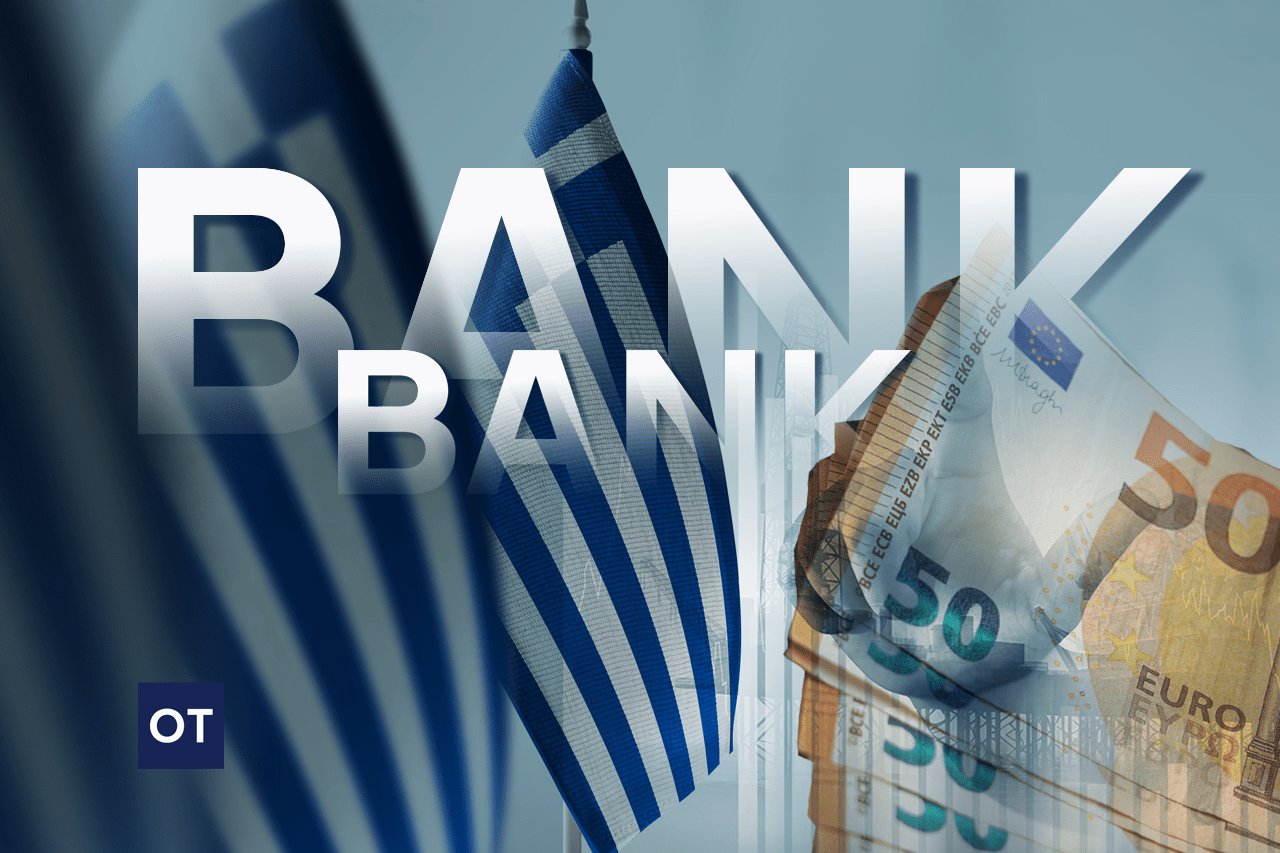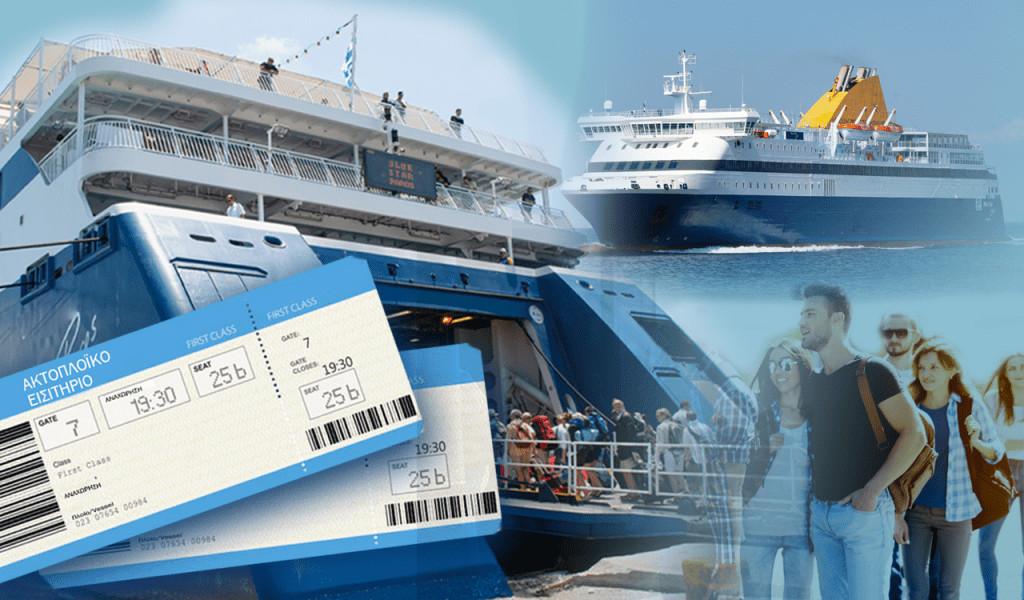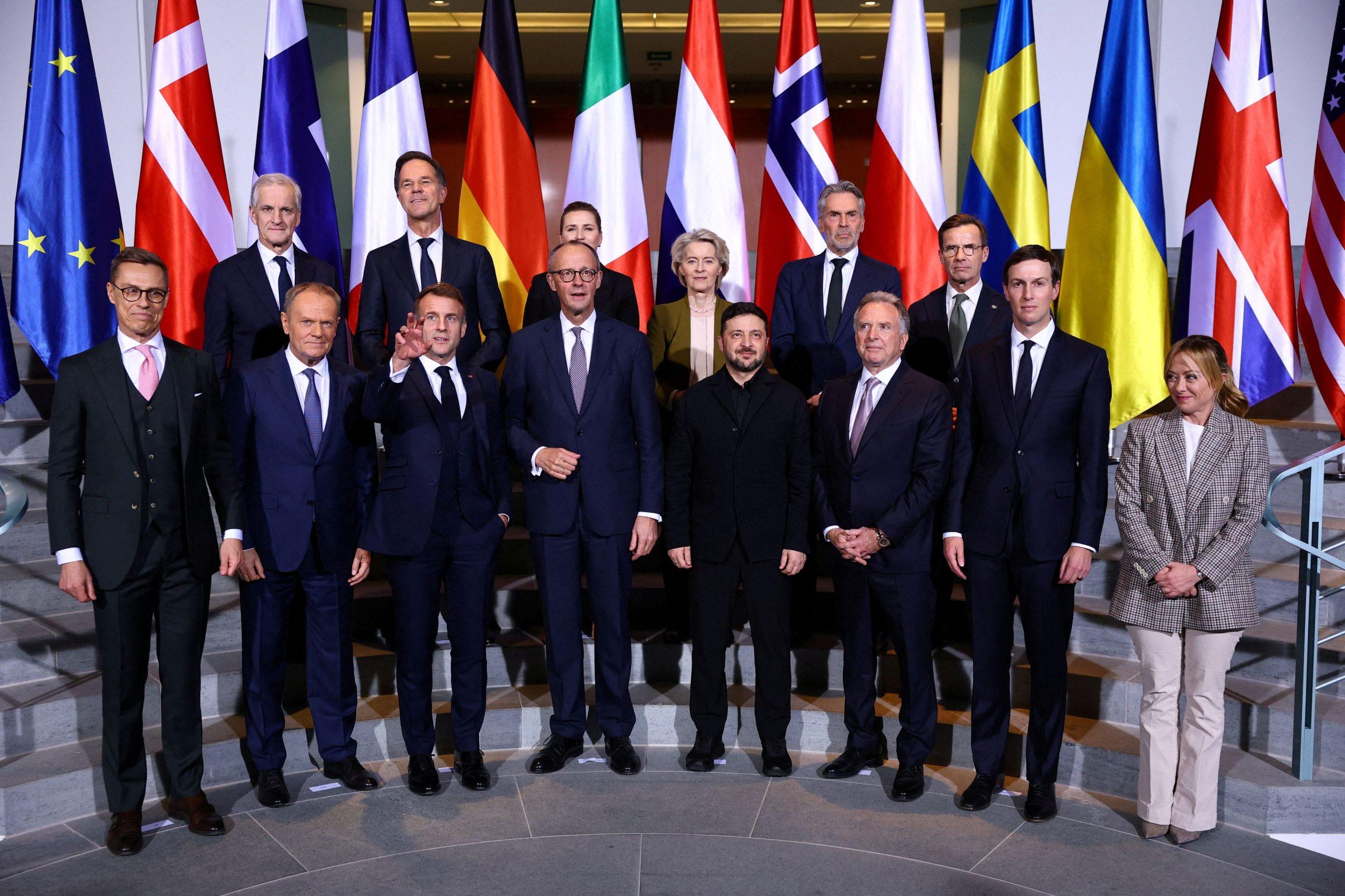Ferry ticket prices in Greece have seen significant hikes over the past six years, with the cost of a simple ticket without a vehicle surging dramatically. Available data indicate that the price of an economy-class ticket on a conventional ferry has risen sharply across popular routes.
For the Piraeus–Mykonos–Piraeus route, the fare climbed from 72 euros in 2019 to 104 euros in 2025, marking an increase of 44.44%. Similarly, the Piraeus–Paros–Piraeus journey saw its ticket price rise from 78 euros to 108 euros, a jump of 38.46%.
Routes to Heraklion, Milos, and Rhodes also followed this upward trend, with the Piraeus–Rhodes–Piraeus line experiencing a 40.42% increase, reaching 132 euros in 2025 from 94 euros in 2019.
According to a tourism agent these price hikes were mostly concentrated in the three-year period between 2020 and 2022, heavily influenced by the war in Ukraine, the COVID-19 pandemic, and rising fuel costs. “During this six-year period, port fees as a percentage of ticket prices also increased, contributing to the overall rise,” the agent noted.
Competition Watchdog’s Findings
Meanwhile, the Hellenic Competition Commission’s investigation has uncovered oligopolistic characteristics within the ferry industry. The market is largely dominated by two major groups, leading to limited competition and significant control over routes. The commission also highlighted a surge in public service contracts, which grew from 10 million euros in 2001 to 152 million euros in 2024—a staggering 1,420% increase.
Furthermore, the commission is probing cases of unfair competition, specifically targeting practices by a major ferry operator against smaller companies. “In Greece, there are essentially three major companies now, controlling 90% of the ferry traffic,” the tourism agent added, underlining the sector’s heavy concentration.
